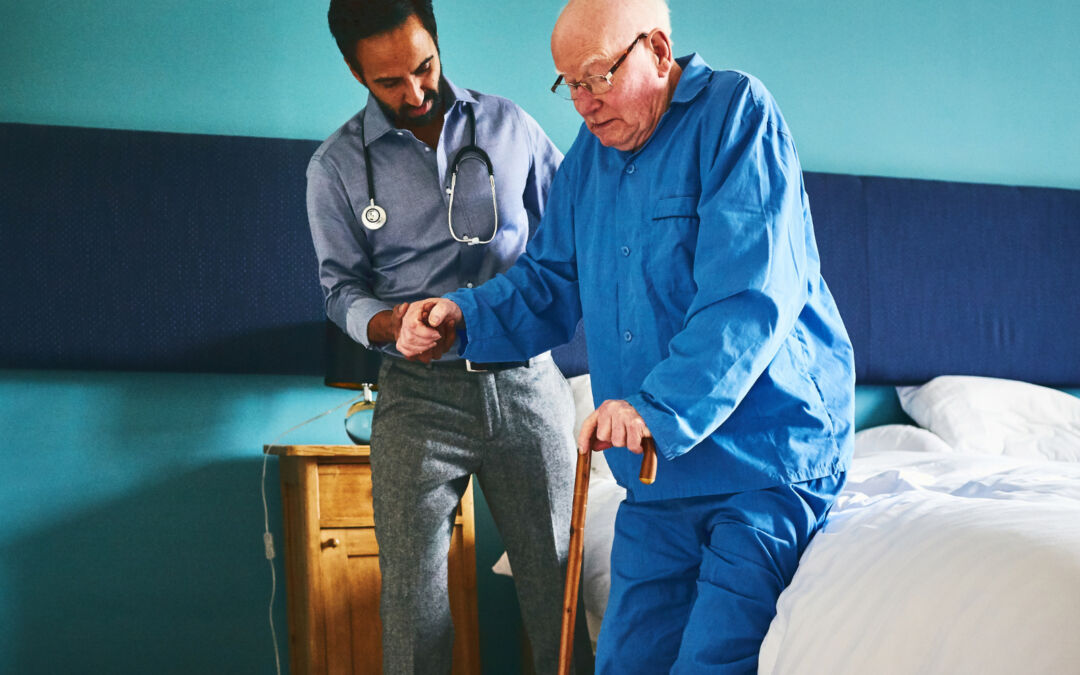Bibliography
Brunelli L, Davin A, Sestito G, Mimmi MC, De Simone G, Balducci C, et al. Plasmatic Hippuric Acid as a Hallmark of Frailty in an Italian Cohort: The Mediation Effect of Fruit–Vegetable Intake. Journals of Gerontology: Biological Sciences. 2021, Vol. XX, No. XX. https://doi.org/10.1093/gerona/glab244
At a glance
Frailty syndrome is an age-related condition that leads individuals to a loss of the ability to adapt to everyday situations, to greater susceptibility to illness and then, finally, to a worse quality of life.
The authors conducted a cohort study on 130 people aged between 76 and 78 years (65 were considered fit and 65 were considered frail). The main target of the study was to identify whether any metabolites related to the “frail” phenotype were present in human plasma.
The main result obtained was the identification of hippuric acid as the only metabolite that distinguished fit people from frail ones.
This result was correlated with the diet of the study participants. It was noted that a significant consumption of fruit and vegetables, combined with high levels of hippuric acid, improve what is known as the “Frailty Index”.
The context
As life expectancy increases, the concept of “Frailty” in the elderly is becoming increasingly important. This term refers to a geriatric syndrome characterized by weakness, loss of physiologic reserve, and loss of resistance to stressors. All of these factors lead to increased vulnerability and adverse health outcomes.
Five criteria are currently being used to classify the “Frailty Phenotype”:
- weight loss
- exhaustion
- weakness
- walking slowness
- reduced physical activity
Currently, however, there is no objective criteria to classify who is affected and to what extent.
Several biological factors are involved in the presentation of this syndrome. Some of them, such as dysregulation of the inflammatory process, genomic instability, epigenetic changes, oxidative stress and mitochondrial dysfunction, have previously been identified in various studies on this subject.
In order to find objective elements to identify and classify this condition, it is therefore necessary to understand if there are metabolites responsible for the aforementioned processes, which may be uniquely linked to the concept of Frailty.
The characteristics of the study
The authors conducted a longitudinal study on a population aged between 76 and 78 years. A multidimensional assessment was performed on all participants for the purpose of describing their social, clinical and neuropsychological characteristics.
A blood sample was drawn from each participant in order to carry out biochemical and biological investigations as well as DNA extraction. Trained interviewers administered a questionnaire to the participants and collected information about their gender, age, level of education, and eating and social habits. The study ran for 4 years, from 2010 to 2014.
The results
The 130 participants were divided into 2 groups (frail and fit) so that the male/female ratio and the education level of the participants were homogeneous. A total of 347 different metabolites were tested. The only one to have given a very different value in the 2 groups was hippuric acid.
To confirm these results, a new survey was carried out in 2014 (the first one was in 2010), which confirmed this difference on 264 participants (81 frail, 59 “prefrail” and 124 fit). In fact, the average concentration of hippuric acid in the groups of fit, “prefrail” and frail people was 3.67, 3.04 and 2.71, respectively. It was also noted from the questionnaires that frail people had a lower consumption of fruit and vegetables than non-frail ones.
Study limitations
This study has several limitations: first of all, there is a lack of information on the microbiome that could help provide a better understanding of the interactions between hippuric acid and the other components of the microbiome itself.
Second, we cannot be sure that the information regarding diet provided by the participants was correct, as it was self-reported.
Finally, the assessed population were all residents of Abbiategrasso, a city near Milan. The subjects probably had similar eating and lifestyle habits and, therefore, it is not possible to generalize this study to other countries or even to other cities.
The news and the prospects
This study correlates hippuric acid levels to frailty syndrome for the first time and also highlights how no correlation exists between frailty and primary metabolites. It also highlights the correlation between low levels of fruit and vegetable consumption and the presence of frailty syndrome.
In order to have a wider variety in terms of both genetics and life habits, especially diet, it would be necessary to verify the persistence of these results in a more heterogeneous population.
Edited by Daniele Ceriotti




